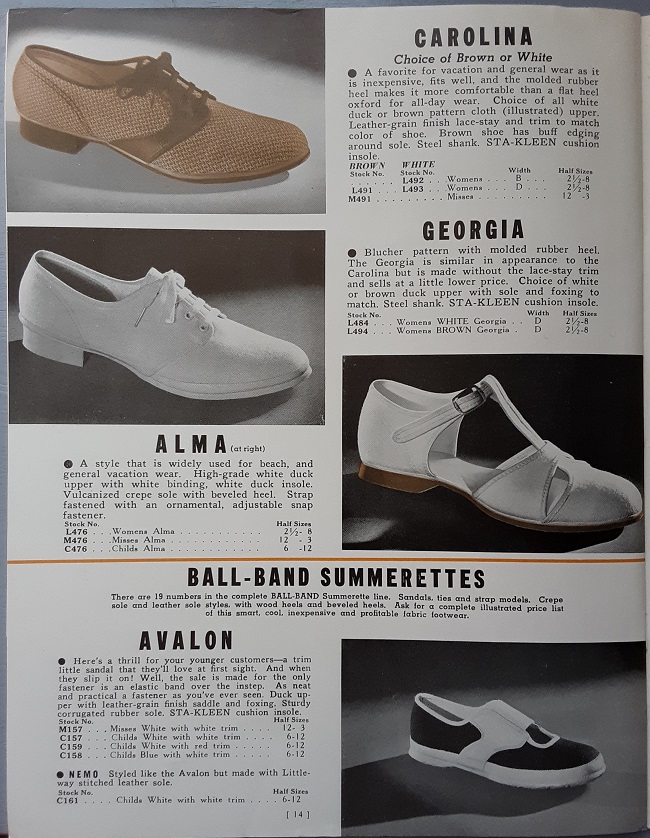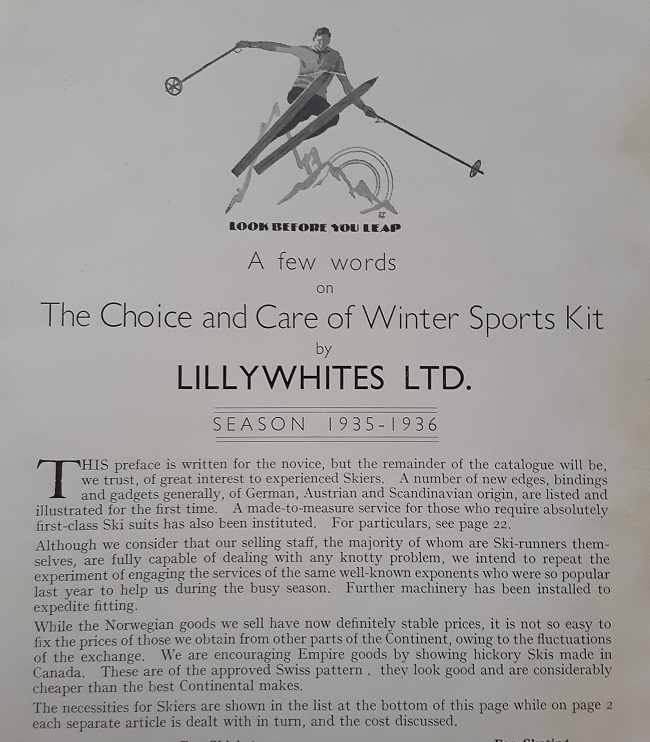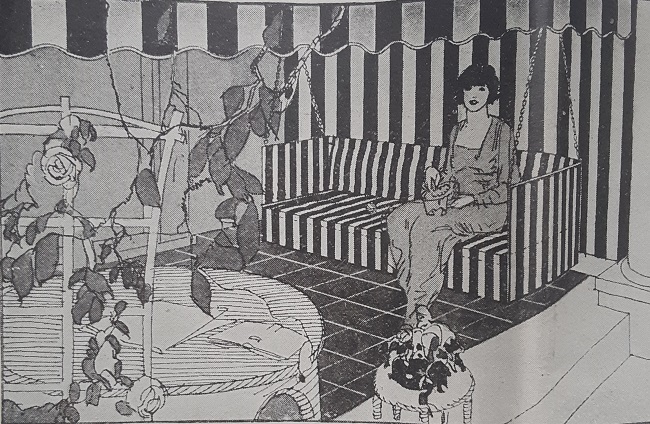
Ball-Band was a trademark of the Mishawaka Woolen Manufacturers of Mishawaka, Indiana. As the name implies, the company started out as a woolen mill, making blankets and wool felt boots. In 1886 the company conceived of a boot with knitted wool uppers in which the wool was first knit, then felted through shrinkage. The owner’s mother, Mrs. Jacob Beiger, knit the prototype for the product.
Rubber shoes and over-shoes were added as products in 1898 with many of the shoes having a rubber sole and upper, and wool legs. In 1922, they added sneakers, or sports shoes. Two years later the company changed their name to the Mishawaka Rubber and Woolen Company to better represent the products made.
My 1936 wholesale catalog does not show the boot with the wool uppers, but they were still making wool products in the form of heavy woolen socks. Leather boots were also being made, but their main product appears to be canvas and rubber sports shoes, or sneakers.

They had also gotten into the casual canvas shoe for women market with their line of Summerettes. First made in 1934, Summerettes were popular through the 1950s.

Ball-Band also made basketball shoes for both men and women, or what today would be known as high-tops.


They also made shoes to wear in the water, made of all rubber. I have a pair that is very similar to the Newport Locker Sandal, seen above. I have always thought these to be from the late 1940s, but now I need to reexamine that thought.

One great feature in this catalog is this photo of the soles of the shoes. The style of tread can be used somewhat to help date shoes.

I find it amazing how similar these are to modern sneakers. Sports shoes do reflect fashion though, mainly in the shape of the toe.

And finally, here’s a view of the Ball-Band factory complex in Mishawaka, Indiana. There were over forty acres of floor space and around 5000 employees. In 1967 Ball-Band was bought by Uniroyal, and in 1969, the last pair of shoes was made at Mishawaka. Today the factory site is a public park.














































